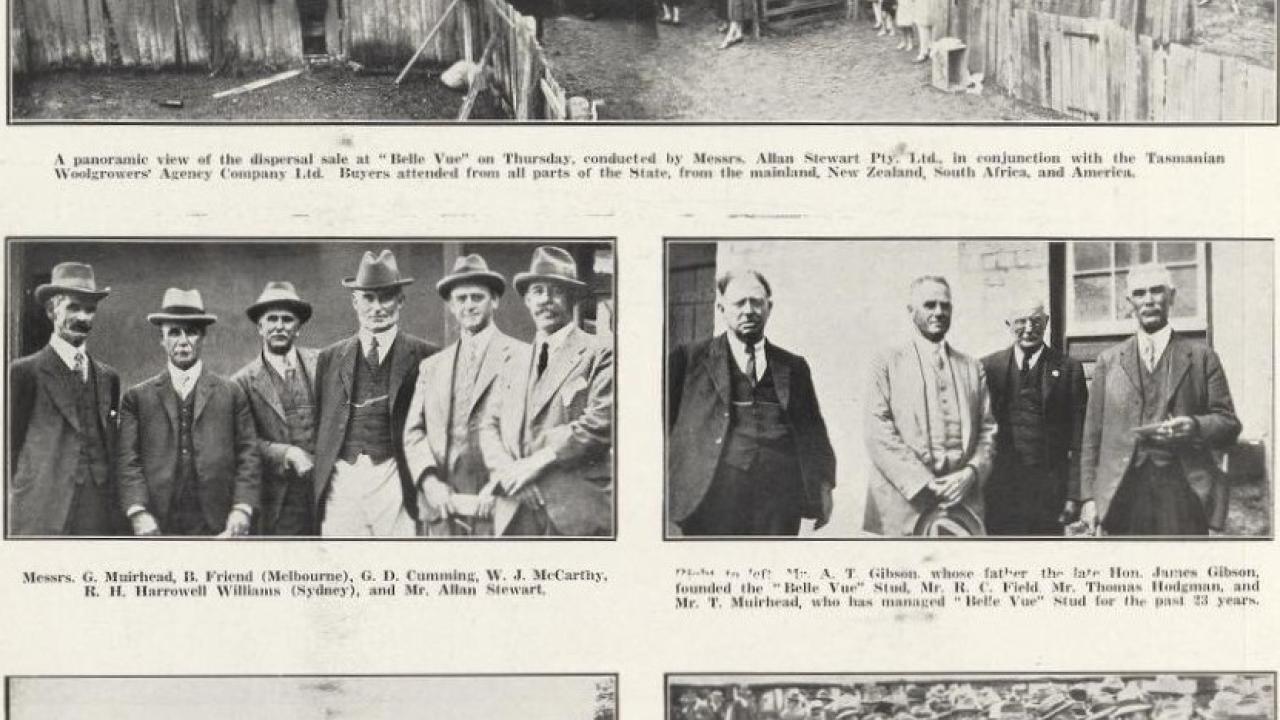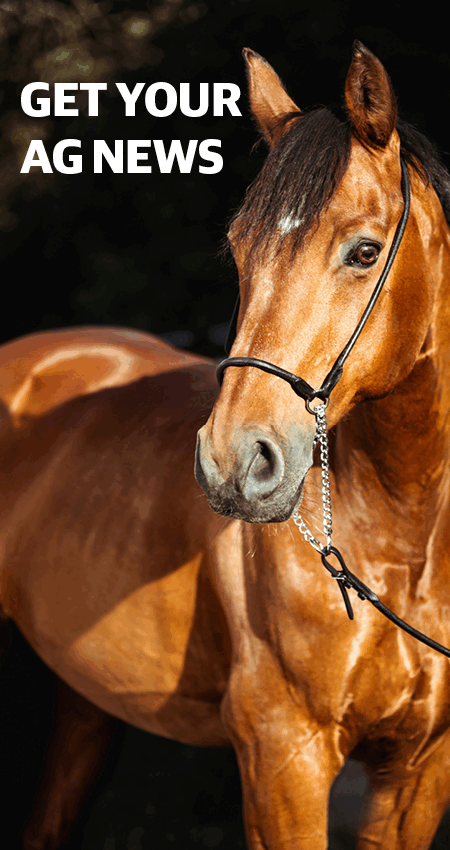The Jim Osborne memoirs - Lands fit for returning heroes

It’s 1947 now and shearing at Streanshalh has just started in late October.
I was working in the woolshed, when the director of agriculture from Hobart arrived unexpectedly.
Ray Veale had been the district agricultural officer at Campbell Town before the war. I knew him but slightly.
However, quite out of the blue he offered me the job as supervisor for War Service Land Settlement (Soldier Settlers) for Northern Tasmania. To start as soon as possible.
This was far too good an opportunity to miss, particularly as it almost certainly ensured my chance to be one of the lucky ones – to be granted a “block” when the first applicants were decided.
I was given three days to decide, as of course I had to discuss this offer with my boss, Mr Athol Nicolson.
He agreed that to refuse it would be foolish and that I would be able to start on the new job within a few days of shearing “cut out”. He was very kind and understanding.
I had totally enjoyed my spell at Streanshalh and the kindness shown me.
So, in mid-November ’47 I started on the divisions and development of 25 new farms.
Fourteen on the Macquarie Settlement, which comprised the four properties that had been Lake House, Delmont, Coburg and Newham Park.
The Woolmers Estate at Longford was to be divided and developed into seven farms, while there were to be four on Clyne Vale at Epping Forest.
My salary was to be six to seven pounds a week and I was to provide my own horse and dogs, and a car, for which the Department of Agriculture would pay for all petrol used on the job.
It would also provide the necessary petrol coupons, up to 20 a month.
My accommodation would be the old cottage at Newham Park, which I soon discovered had no bath, no hot water, no electricity and an outside dunny, badly in need of repair. The installation of a bath was my first weekend job.
The acquisition of these properties was something which I am just so glad I had nothing to do with.
There must have been a good many headaches, heartaches and at times, friction.
Some places were simply acquired - those that were owned by absentee landlords but leased by them to others.
Clyne Vale was such a case.
The family who owned it had lived in England for a couple of generations and had no intention of returning.
But I had the greatest sympathy for Mr Lewis Burbury, who had leased it for many years and developed it into a “showcase” property with excellent management.
He was a wonderful man to the whole community - a local councillor, the president of the Midland Agricultural Association for a record period of years and was the driving force in building the huge sheep pavilion at the Campbell Town Showground, which proudly bears his name.
He was also interested in his church and all community activities.
He subsequently moved to Ormley in the Fingal Valley.
Woolmers was an entirely different situation.
When the original Thomas Archer arrived from England in the 1820s he was one of the earliest free settlers – or landed gentry – to settle in Tasmania.
Woolmers was his original grant and remained in the possession of he and his descendants – all elder sons also being named Thomas – until acquisition.
Six generations of Thomas Archers lived there in one of the noblest homes in Australia and probably with the greatest history. The last of the Thomas Archers died some 10 years ago and Woolmers House and surroundings is now cared for by the Archer Family Trust – and what a marvellous job they have done and continue to do.
I should mention that the house and some 50 cows were not included in the acquisition. The fifth Thomas Archer, his wife and son, the sixth Thomas, remained in residence.
Woolmers is now the Tasmanian showpiece of early Tasmanian architecture, history and culture. It is the perfect “time capsule” with all the original high-class furniture and furnishings, silverware, art and atmosphere. It has absolutely stood still in time – everything is as it was nearly 200 years ago – and preserved in magnificent condition.
The property itself was never worked by the fifth Thomas Archer – he preferred to lease it to neighbours to give himself more time for his other interests. It was probably for this reason that acquisition took place.
There may have been amicable discussions, or they may have been less than friendly, I don’t know, but I am glad that that was no business of mine. Nevertheless, it was my job to subdivide and start the development of seven new farms there.
The Macquarie Settlement was different again. Lake House was owned by Mr Roderic O’Connor, with a magnificent old two-storey house on the junctions of the Lake and Macquarie rivers. It’s a lovely spacious building.
Ironically, in the draw for the new settlers – done in a most rushed and haphazard way by members of the Department of Agriculture, and in a manner directly opposite the way allocation should take place – the Lake House block was drawn by the only bachelor! A lonely place for one small man in a very big house. But, as they say, that’s how the cookie crumbles.
Delmont, Coburg and Newham Park were all owned by Mr A.B. Thirkell, who also owned the large property Mt Joy on the opposite side of the Macquarie. Marrying late in life, Mr Thirkell was quite happy to make the three properties available as he had no children of his own.
I remember him telling me that he felt he had had quite a win. At the time of acquisition, in early 1947, the land was valued at two pounds and 10 shillings an acre, but Mr Thirkell stood out for three pounds an acre. Six dollars in today’s currency!
Just what would it all be worth now?




Add new comment